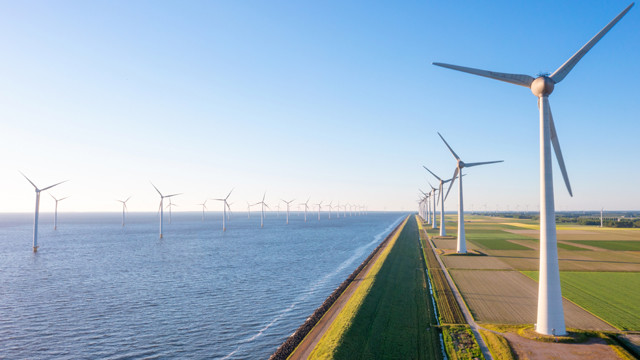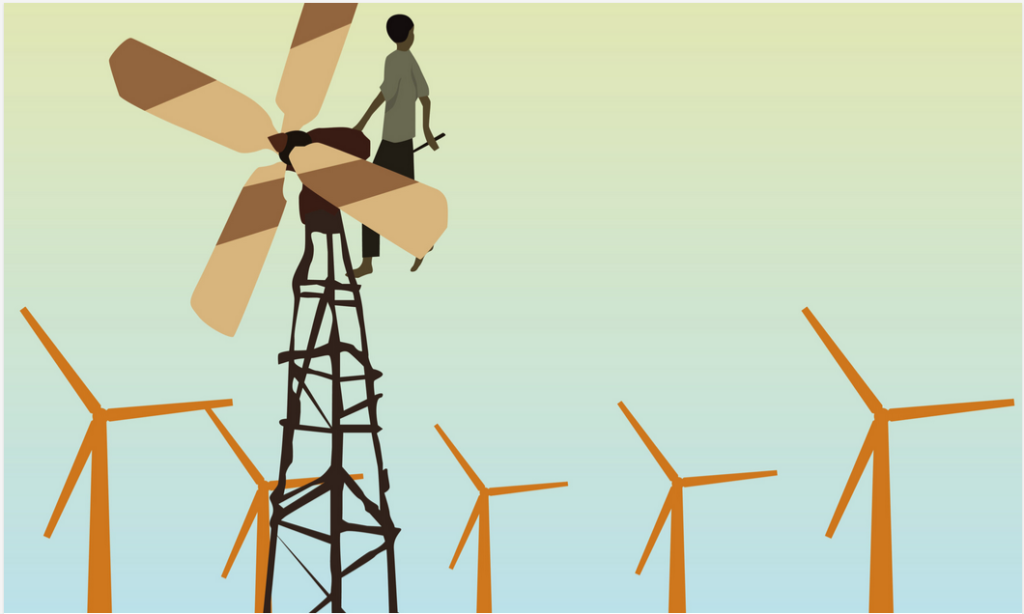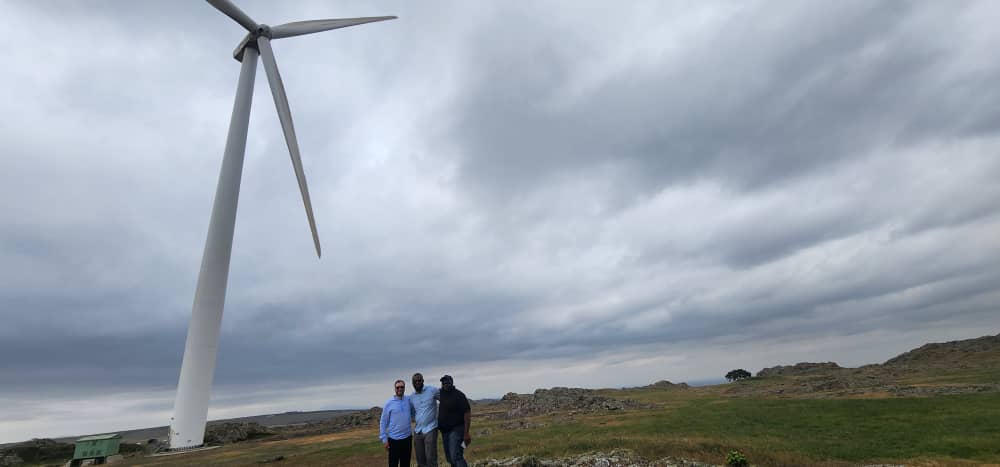In 2006, the federal government presented the Renewable Energy Master Plan, targeted at increasing the share of renewable energy in Nigeria’s energy mix. The Plan indicated the renewable sources to form the national power generation matrix, which includes solar, biomass, hydro and wind.
Wind power generation has massive potential in Nigeria to increase renewable electricity supply. Studies conducted by experts provide evidence that the south-eastern and northern regions of Nigeria have the feasibility of wind for power generation according to the National Renewable Energy Laboratory of the U.S wind power classification (NREL) scheme. Despite its attainable prospect of diversifying Nigeria’s energy mix and increasing energy access, wind energy resource has not been exploited. Onshore wind is a bracket of wind energy generation that has been heralded by experts and academics for its prospective use in Nigeria.
Onshore wind is energy generated by wind turbines located on land. It’s environmentally-friendly and cost-effective compared to offshore wind power and runs cheaper operational costs, which translates to lower electricity bills. The NREL 2021 report estimates the capital expenditure and project design life of land-based wind farms at $1,990 – $6,971/kW, at the offshore wind farm at $3.871 – 5,577/kW depending on turbine size and specifications, with an investment cost of approximately $1.4 million per MW. According to Nigeria’s Energy Transition Plan (ETP), an estimate of 840,000 jobs is required to transition Nigeria to net zero by 2060. The Multidisciplinary Digital Publishing Institute (MDPI) estimated in its 2020 report that onshore wind would generate 4.7 direct jobs/$ 1 million expended. Likewise, the Global Wind Energy Council (GWEC) suggests that wind can create 3.3 million new jobs. Thus, adopting wind energy can contribute to job creation in Nigeria, thereby ushering socio-economic benefits to rural communities.
The most eminent wind farm in Nigeria is the 10 MW wind farm in Katsina State. Although, it has been propagated as inoperative due to insecurity, underinvestment and poor maintenance. However, the U.S International Trade Administration announced that developing a 100 MW wind power project in Nigeria is imminent.
Large scale adoption of onshore wind energy will augment Nigeria’s vision of a climate change resilient economy, as well as enhance energy access and provide socioeconomic benefits.




